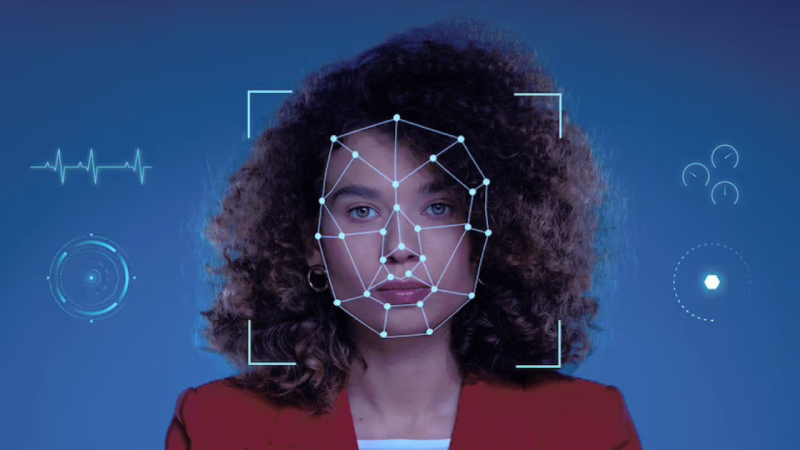Google uses SynthID, a ground-breaking technique that uses computer-detectable invisible watermarks to identify AI-generated photos. Google is setting the bar for ethical AI use by attempting to distinguish between photos created by AI and real images.
It is now impossible to distinguish between artificial intelligence (AI) images and actual ones since they are so lifelike. Google is now developing a new tool that can help in identifying photographs that were created using AI.
Together with Google DeepMind and Google Research, Google Cloud has introduced a brand-new tool called SynthID. This tool aids in identifying increasingly realistic images produced by artificial intelligence (AI). These artificial intelligence (AI)-generated graphics are made by computers and are occasionally mistaken for real ones.
These photos have a watermark added by SynthID, a special code that is so well hidden that it cannot be seen by humans. But computers are able to recognize this watermark, making it simpler to identify photographs created with artificial intelligence.
Some select clients using Vertex AI and the Imagen model will have access to this technology. Imagen is a clever technology that transforms text into realistic images.
These AI-generated visuals are made possible by generative AI, which is developing swiftly. The distinction between images created by AI and those created by humans is becoming less and less clear. AI is a creative tool that may also be used to propagate false information by fabricating visuals.
It’s important to recognize AI-generated content since it lets users know when they’re seeing a piece that was produced by a computer. Additionally, it may stop the spread of false information.
By providing this feature, Google Cloud is setting the bar high. This cloud computing business is the first to offer a platform for creating AI-generated graphics and later finding them. Google takes the responsible use of AI very seriously. Although SynthID isn’t perfect, it’s a significant improvement. Even if an image has been slightly modified, it can still identify AI-made images. This technology might develop to support additional things that AI produces, such as text, video, and audio.
Images were traditionally marked with watermarks, but these could easily be changed or removed. The watermark from SynthID is distinctive because it doesn’t degrade the image’s quality. The watermark remains concealed even if the image’s colors or size are changed, and computers can still detect it.
SynthID performs its duties using two intelligent systems, one for adding the watermark and the other for locating it. Together, they studied a variety of images to learn, and as a result, they are quite skilled at what they do. By making them more visible, this keeps the photographs looking wonderful.
Topics #AI #Artificial intelligence #Google #Google New Tool #Larry Page #New tool #New tools #SynthID











